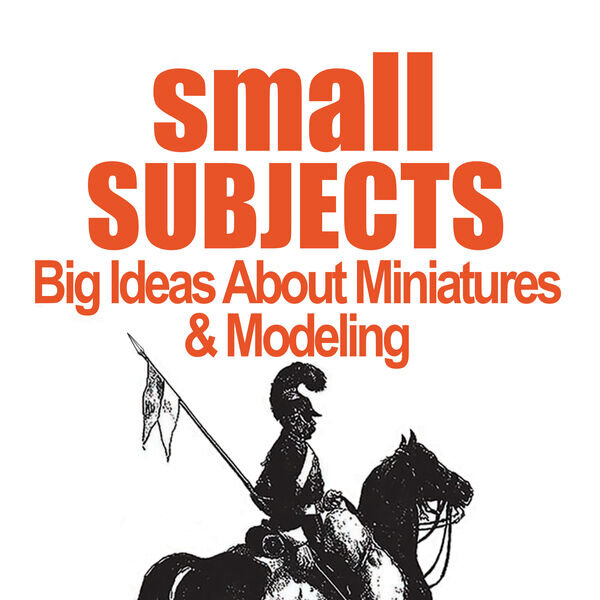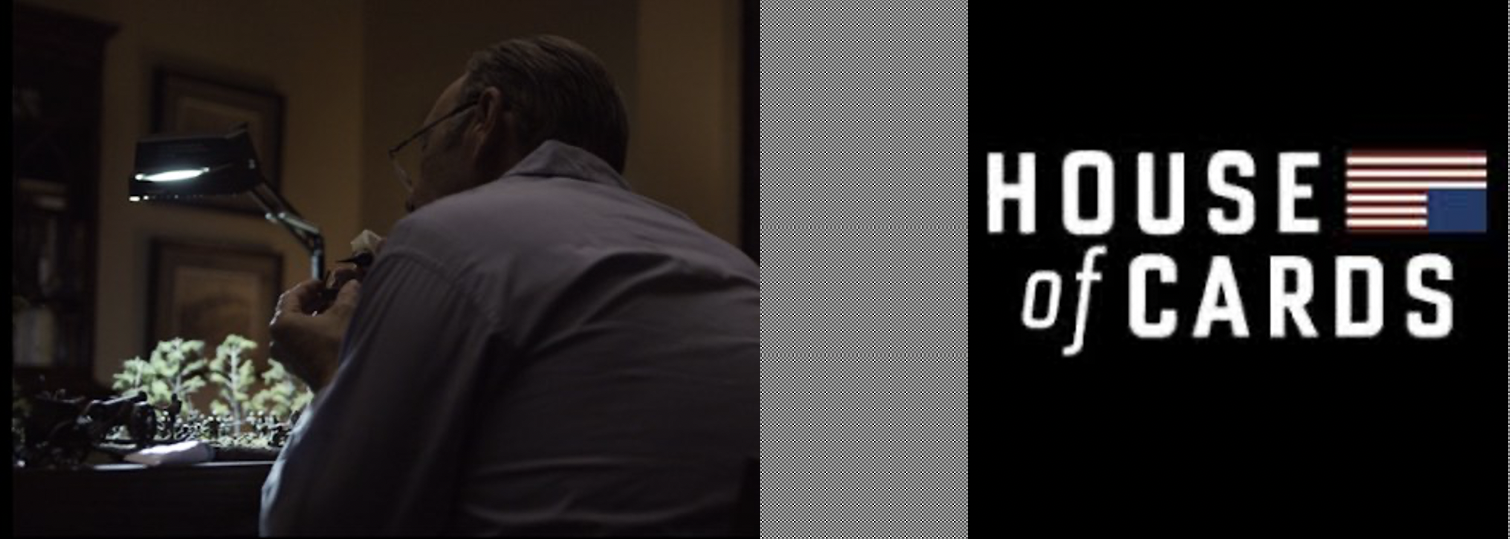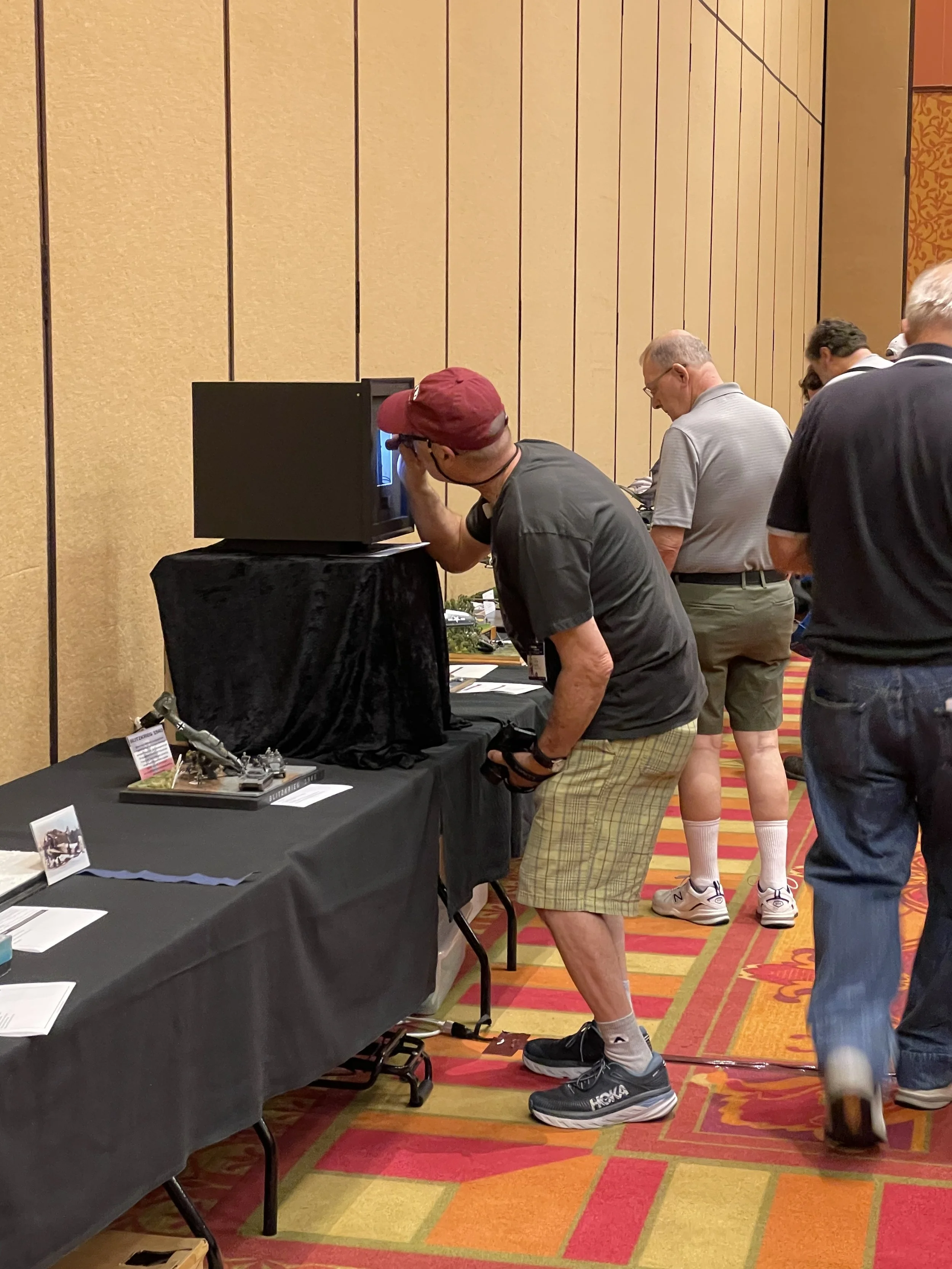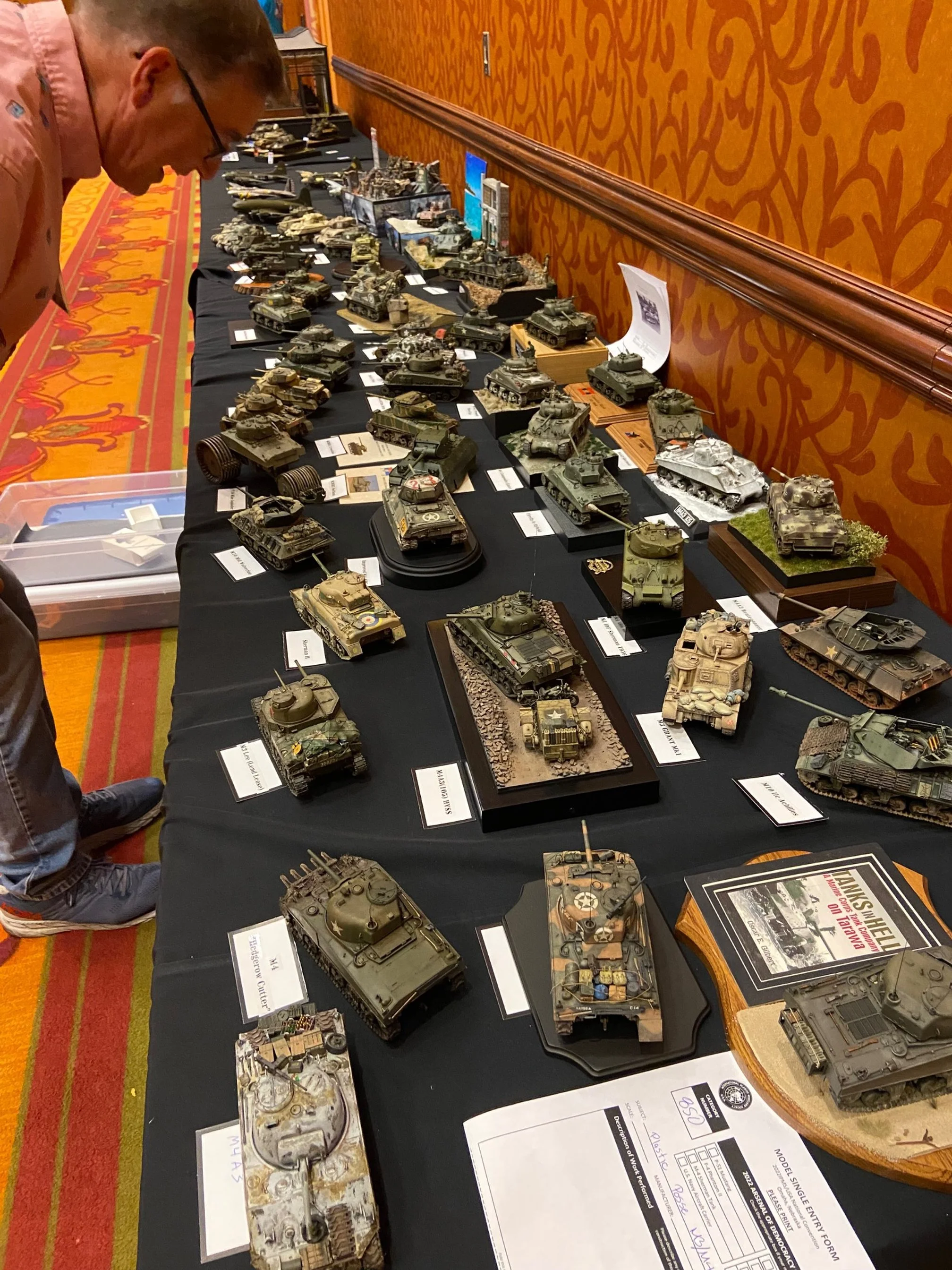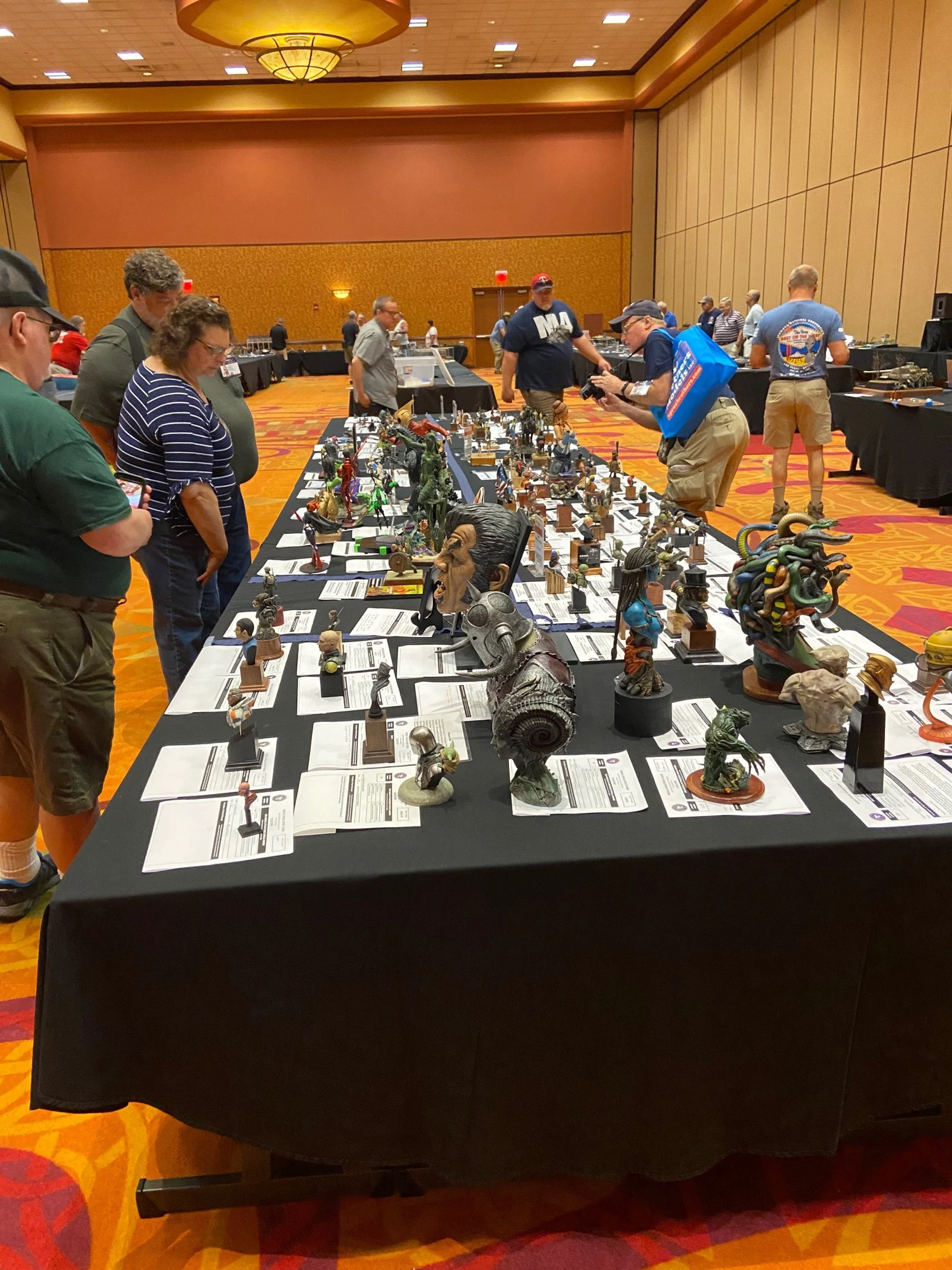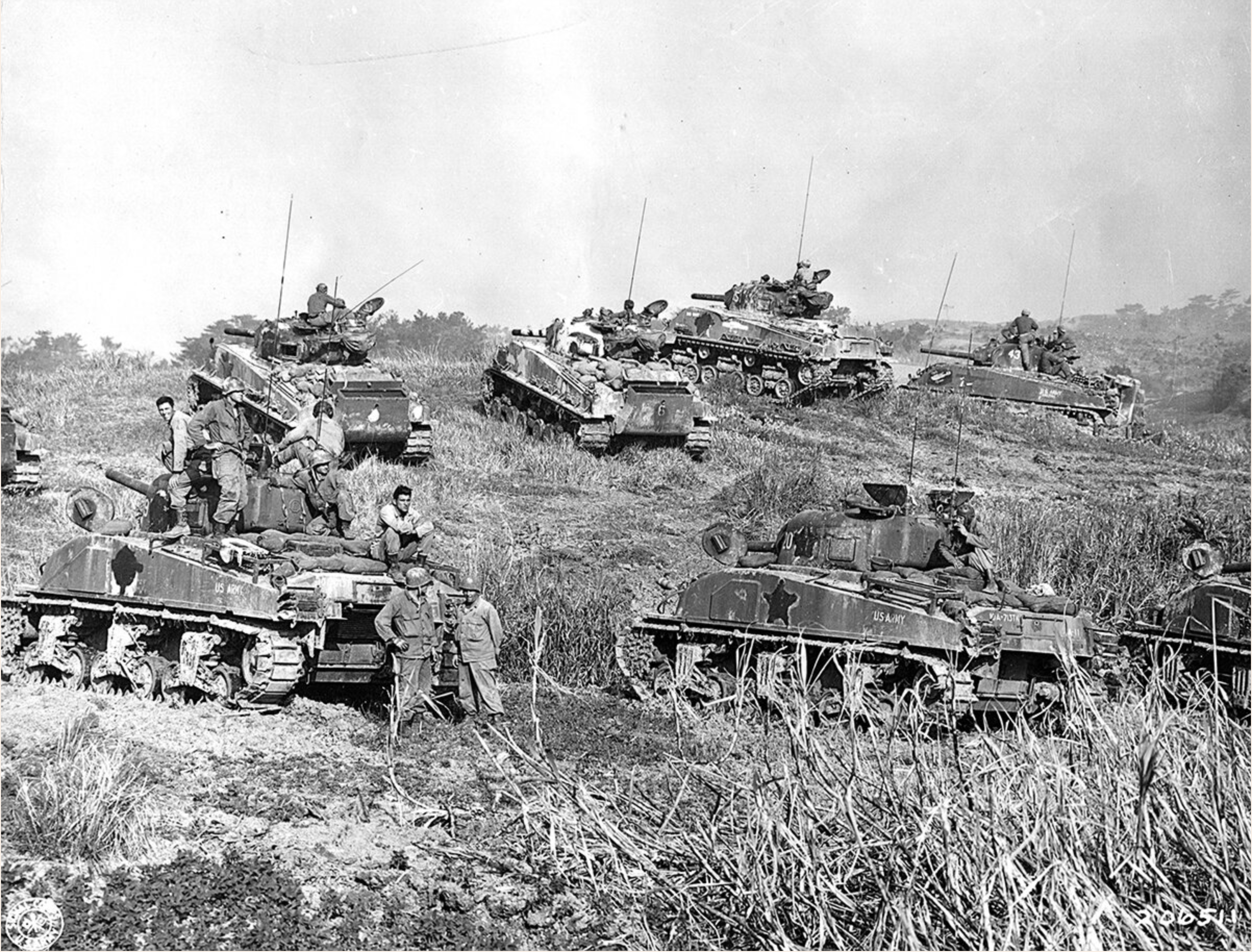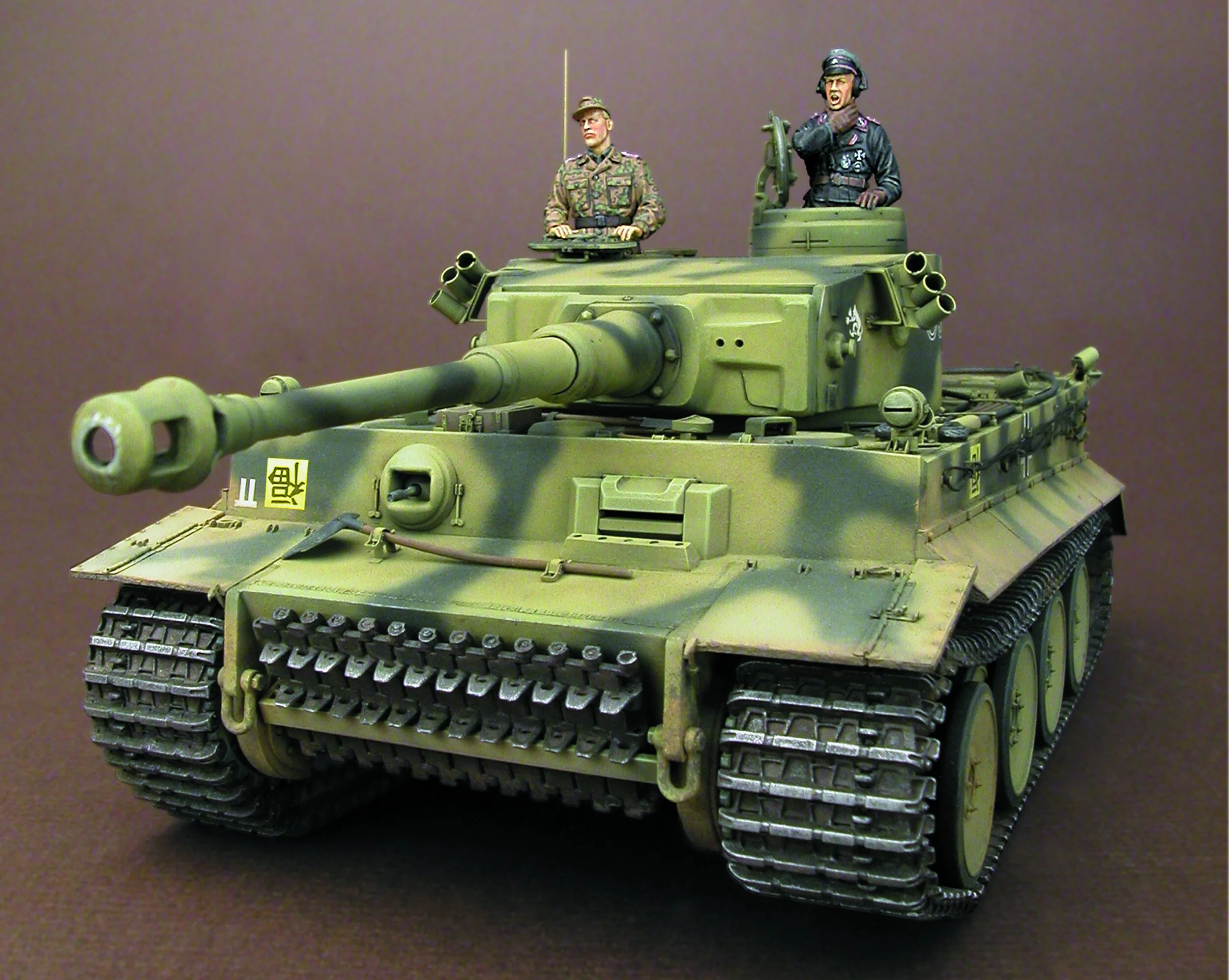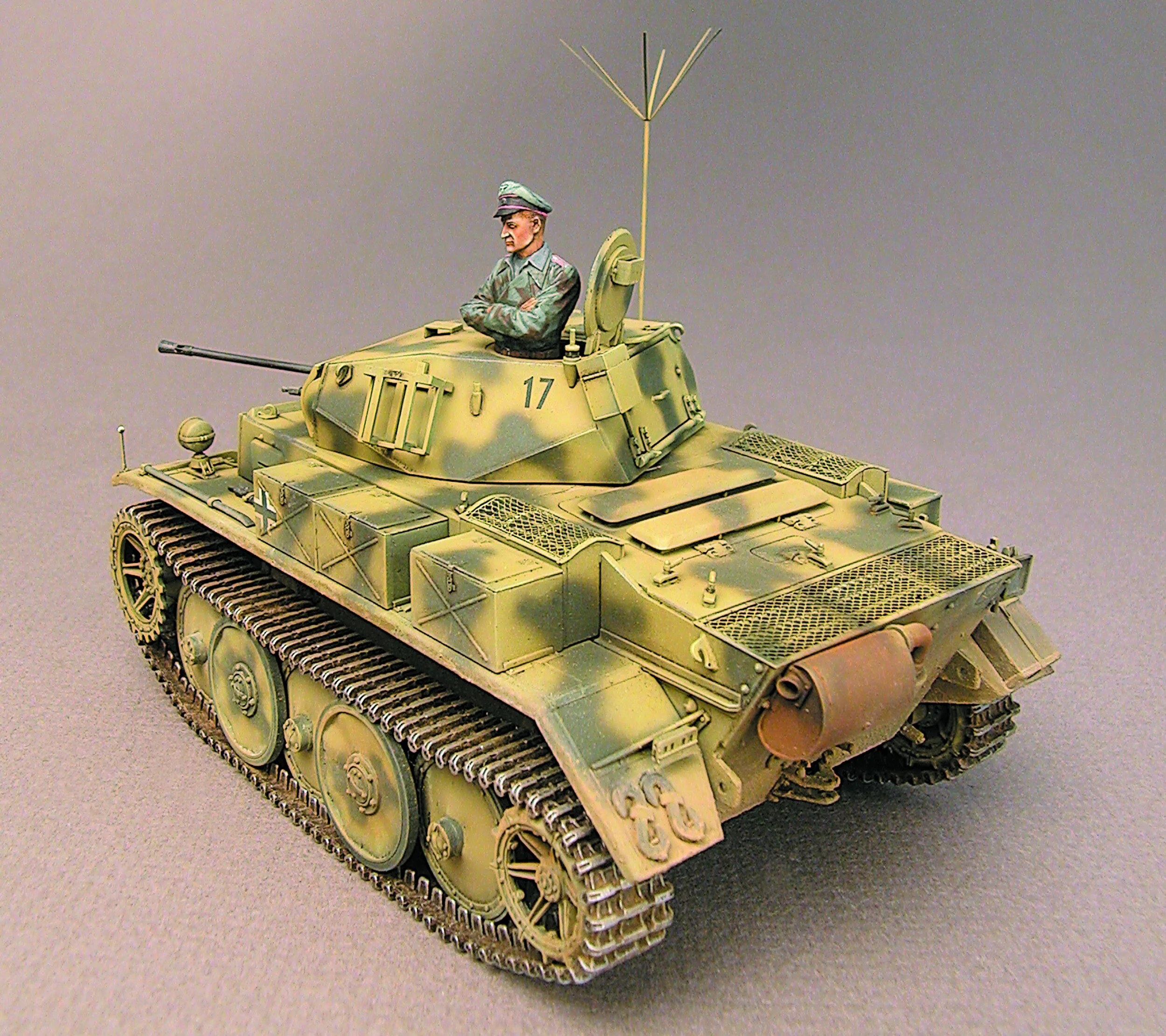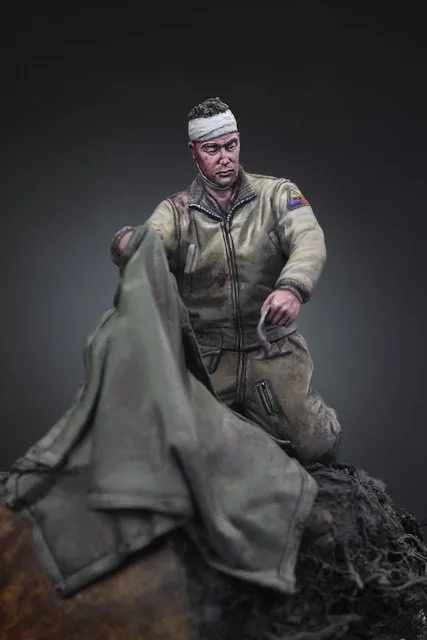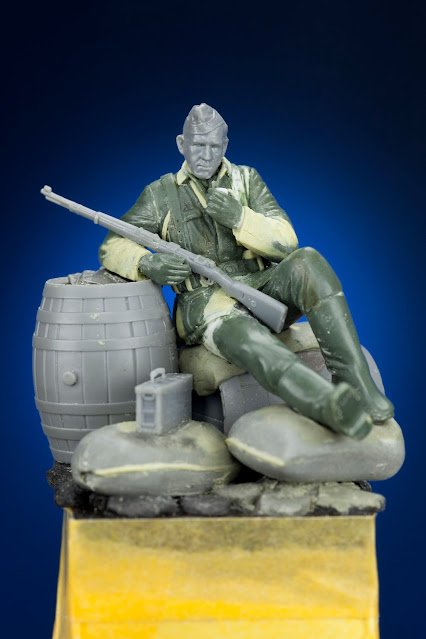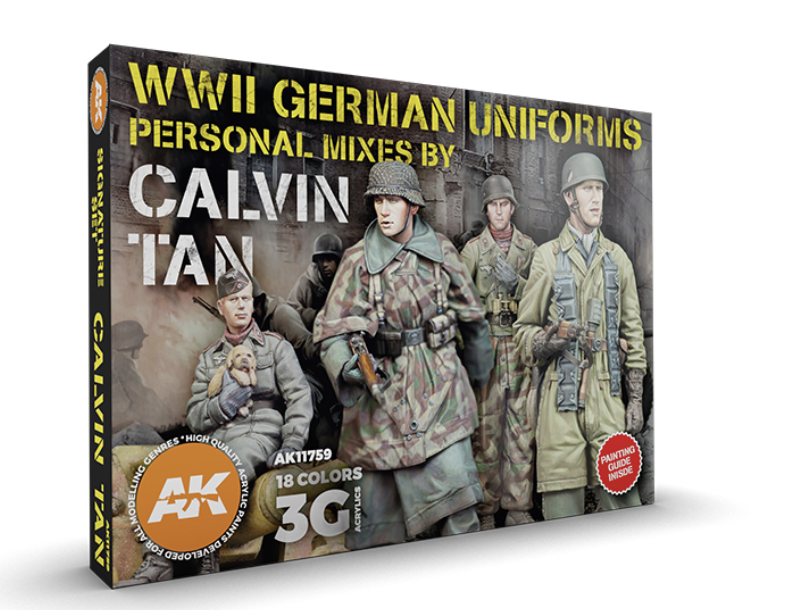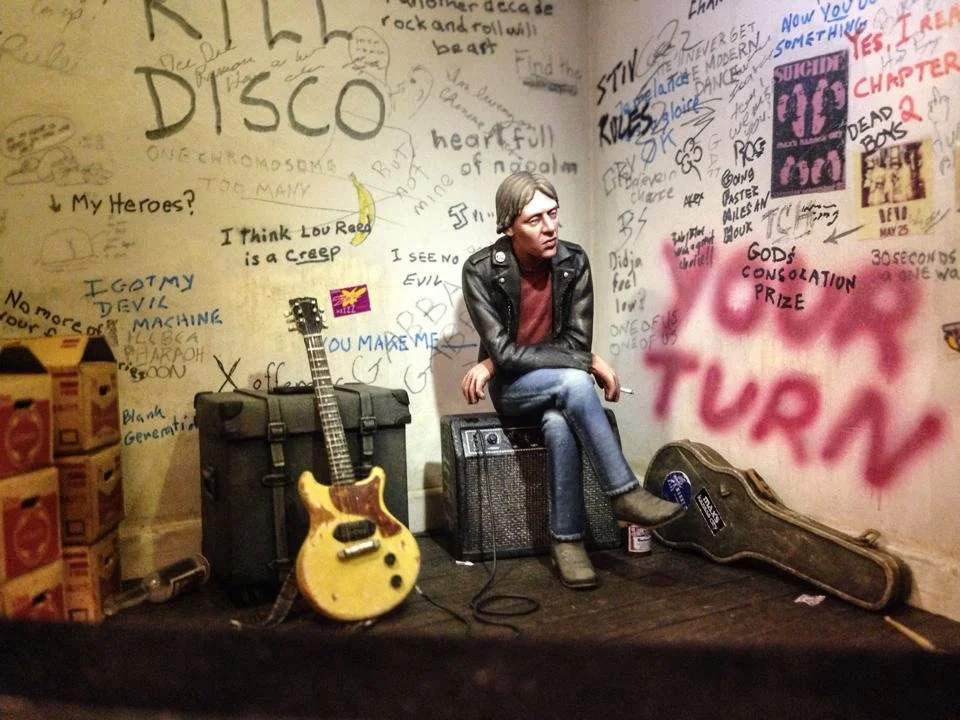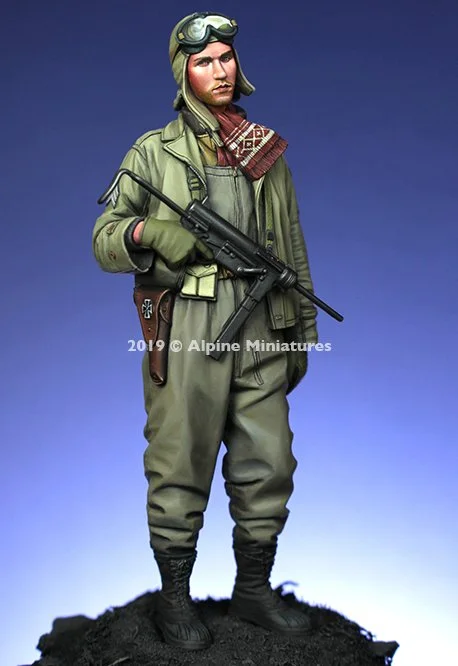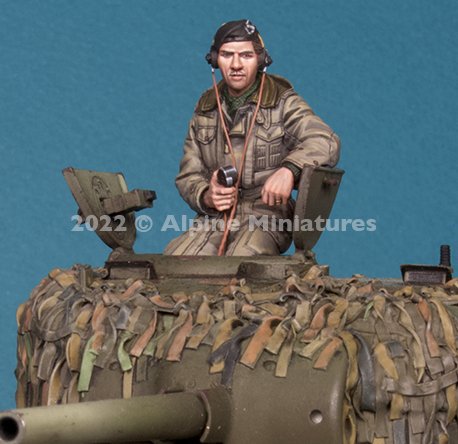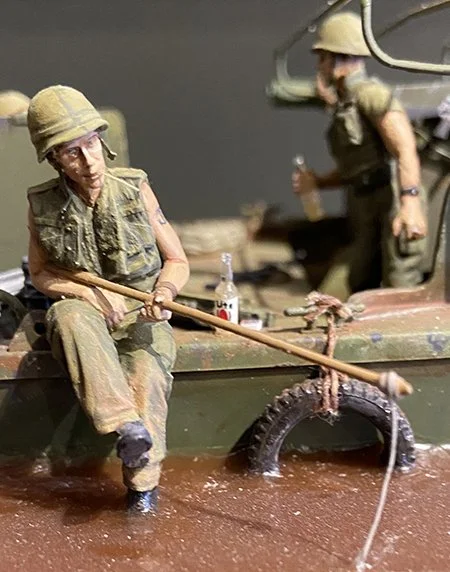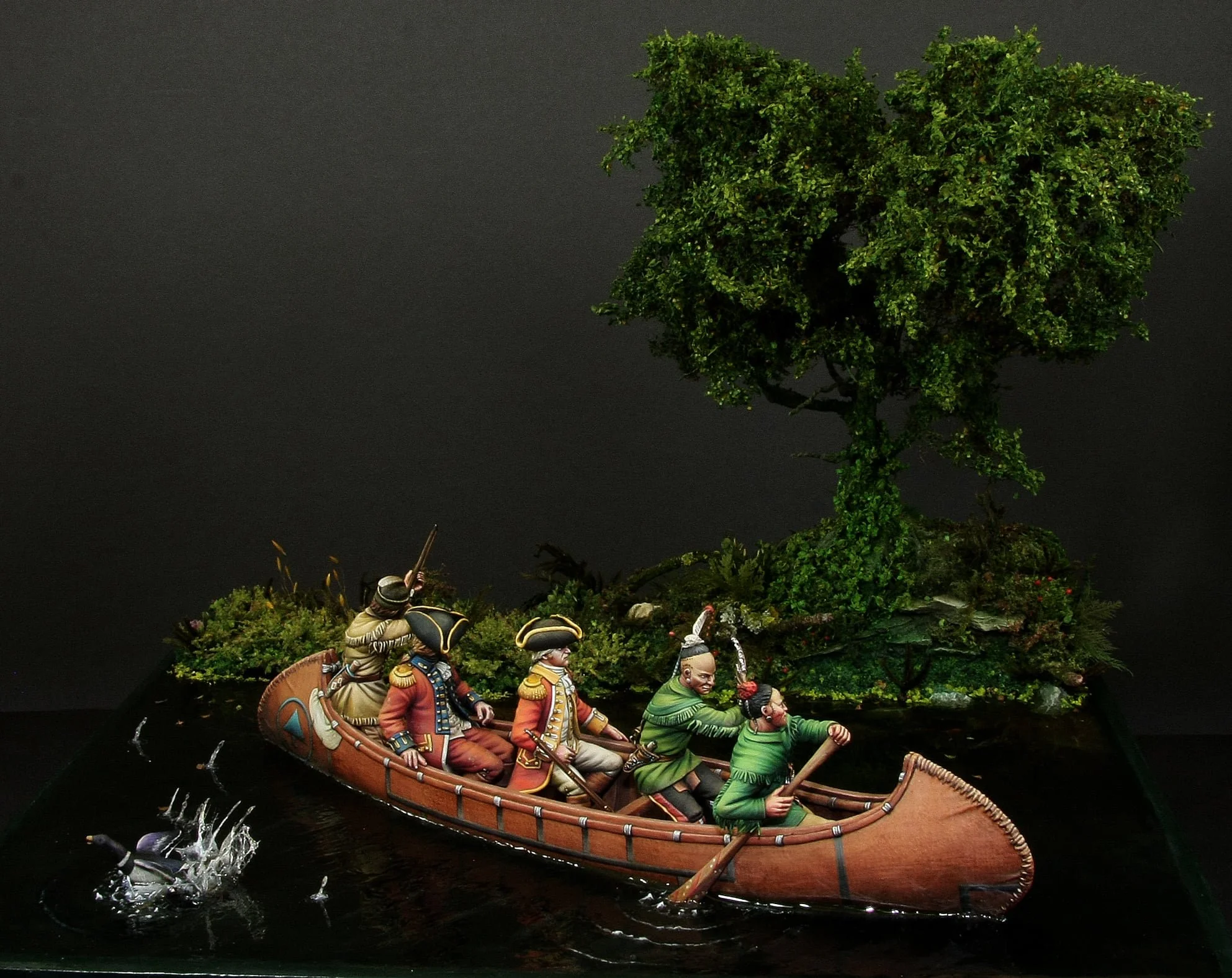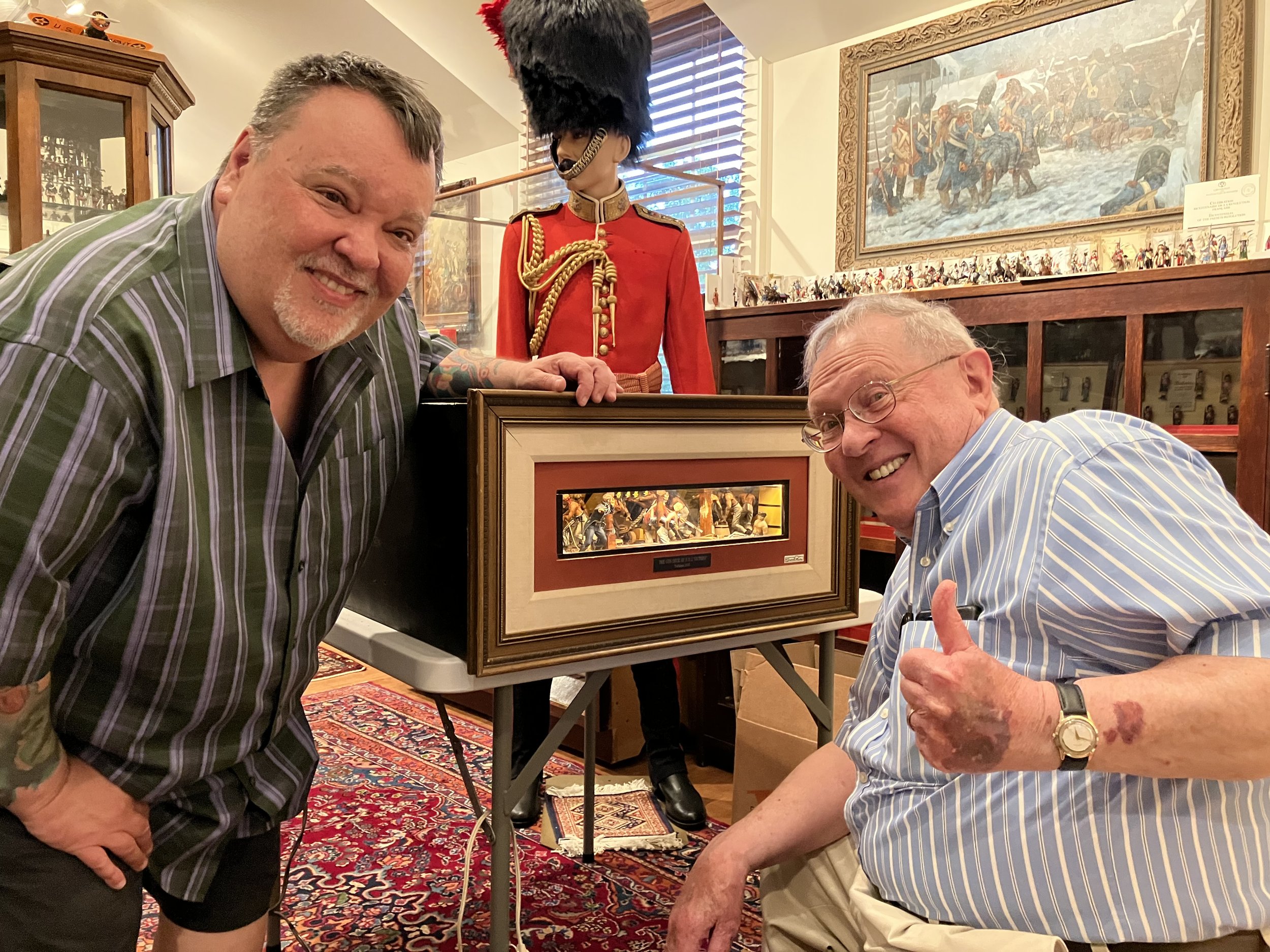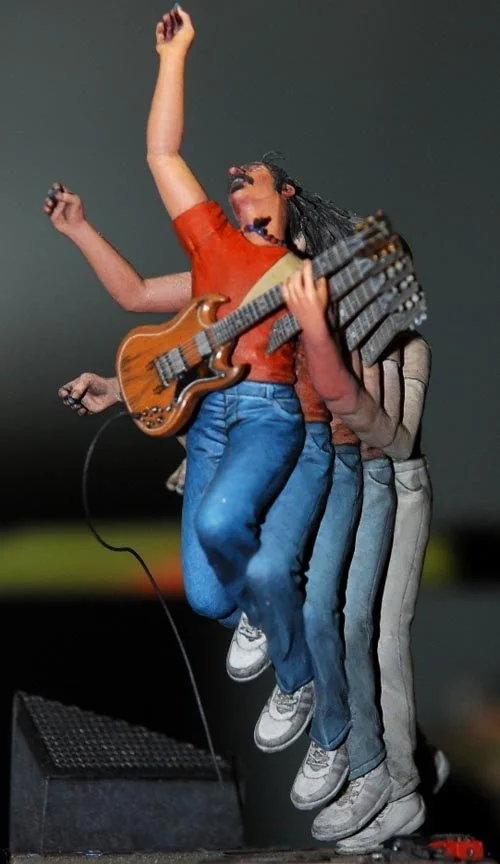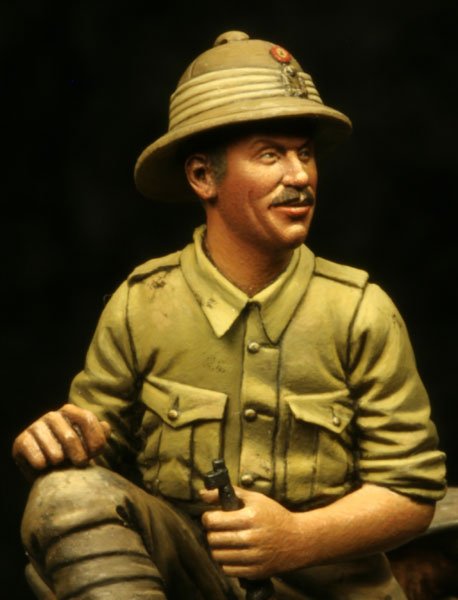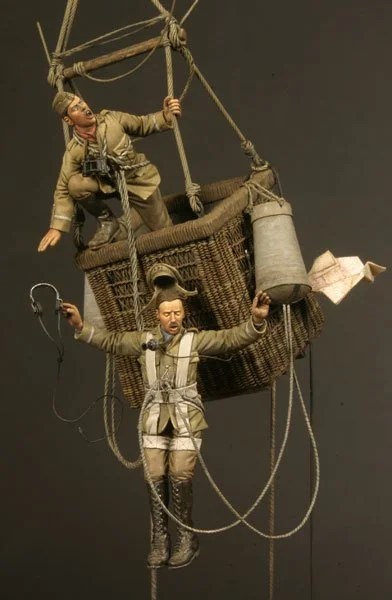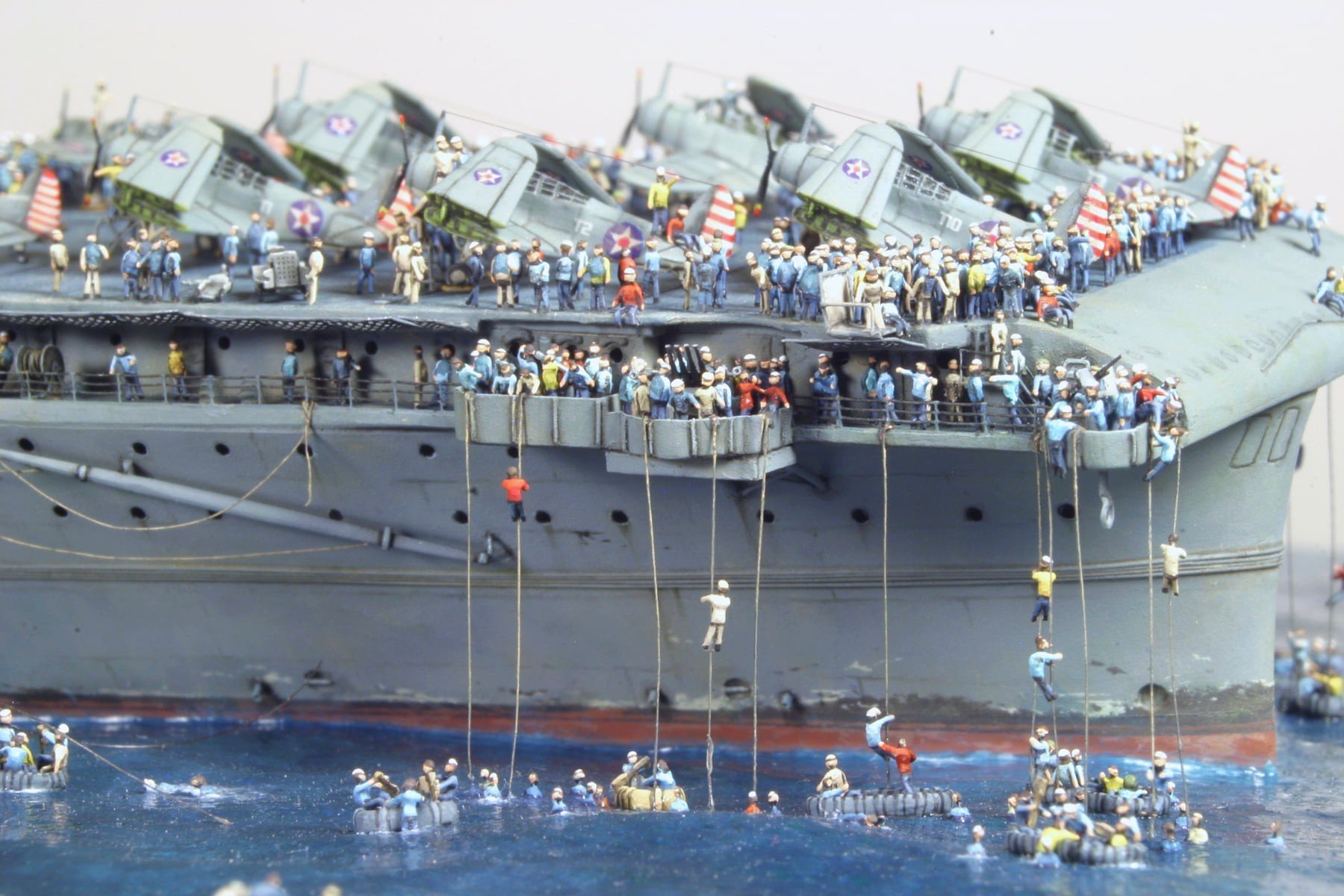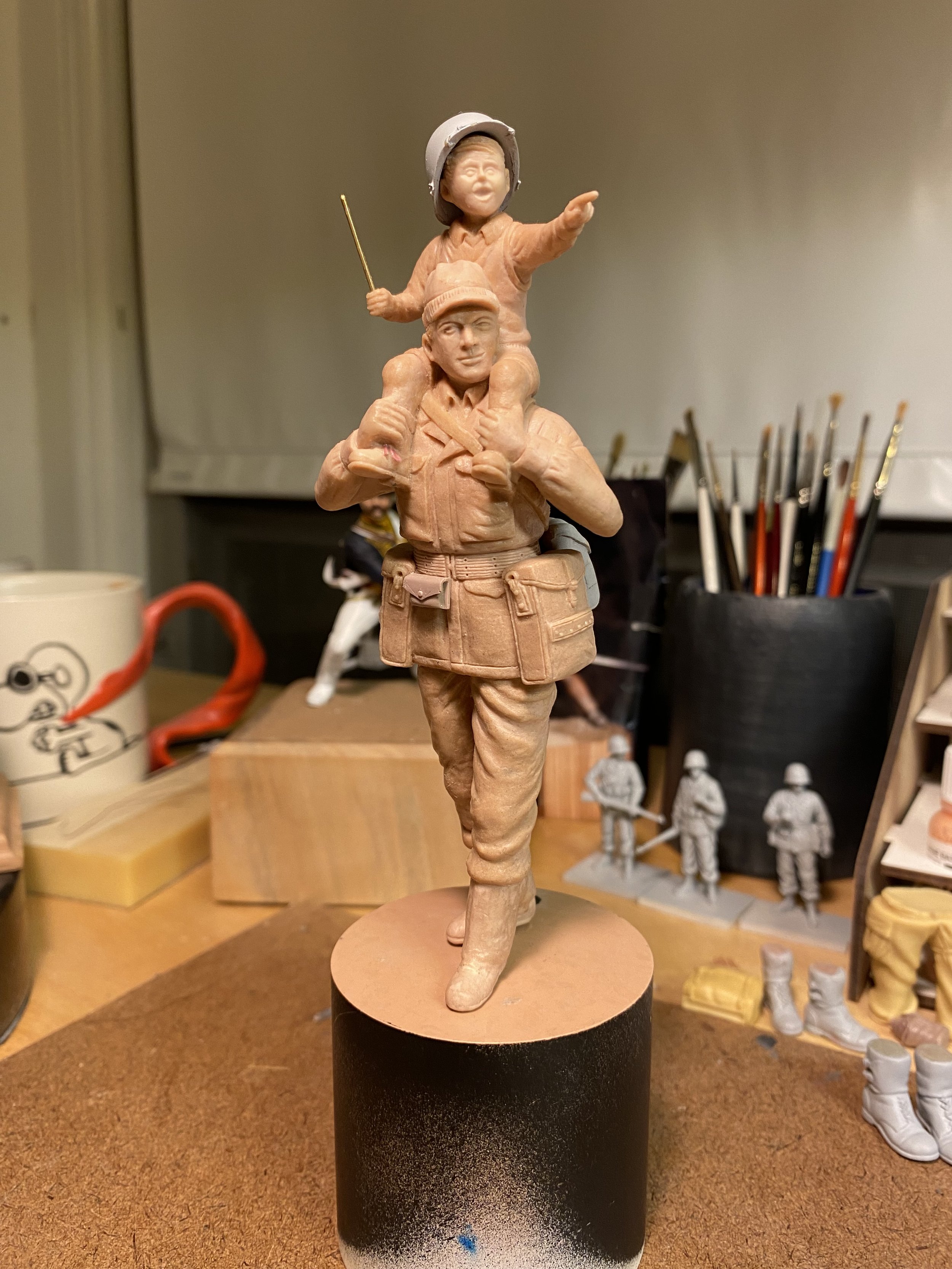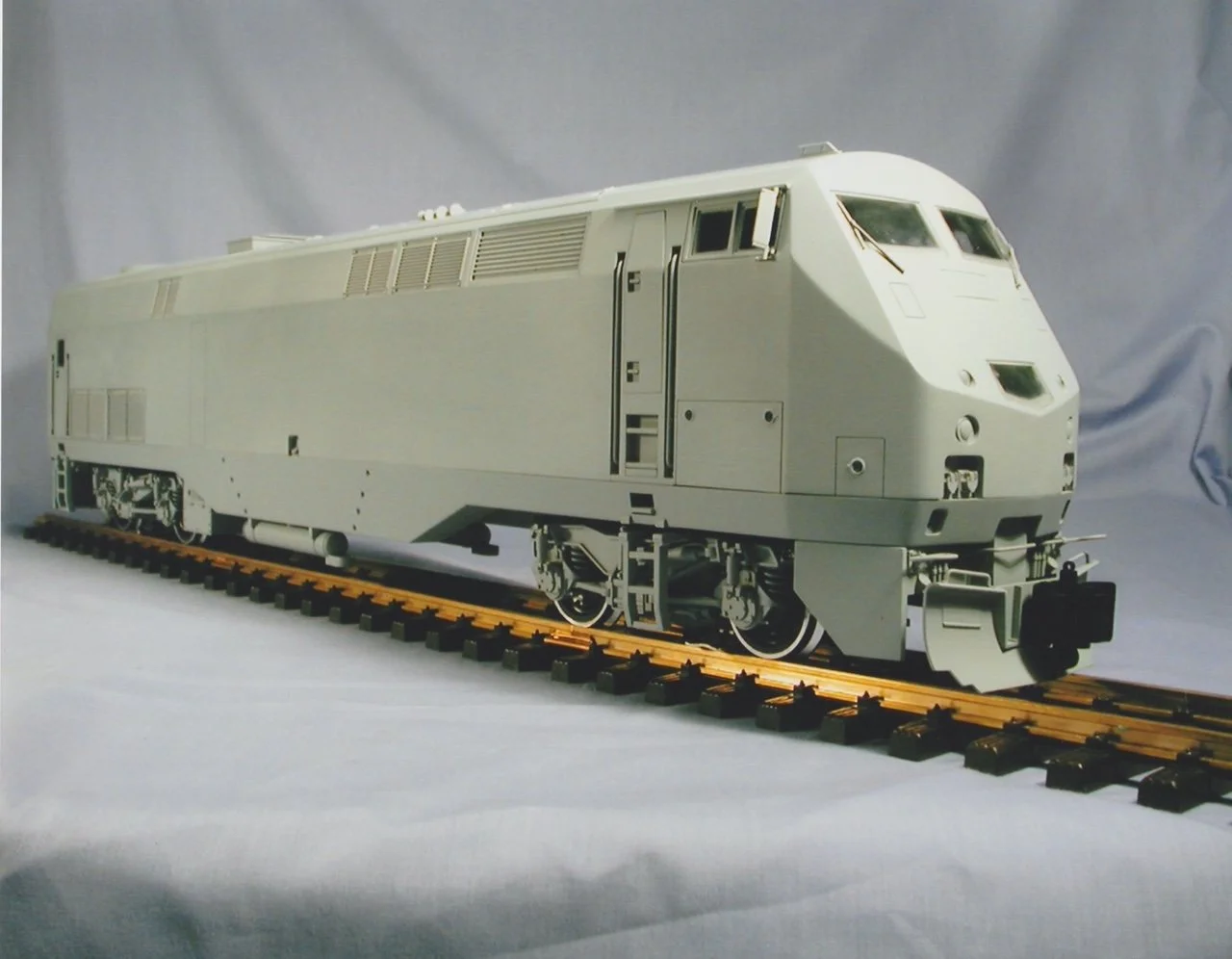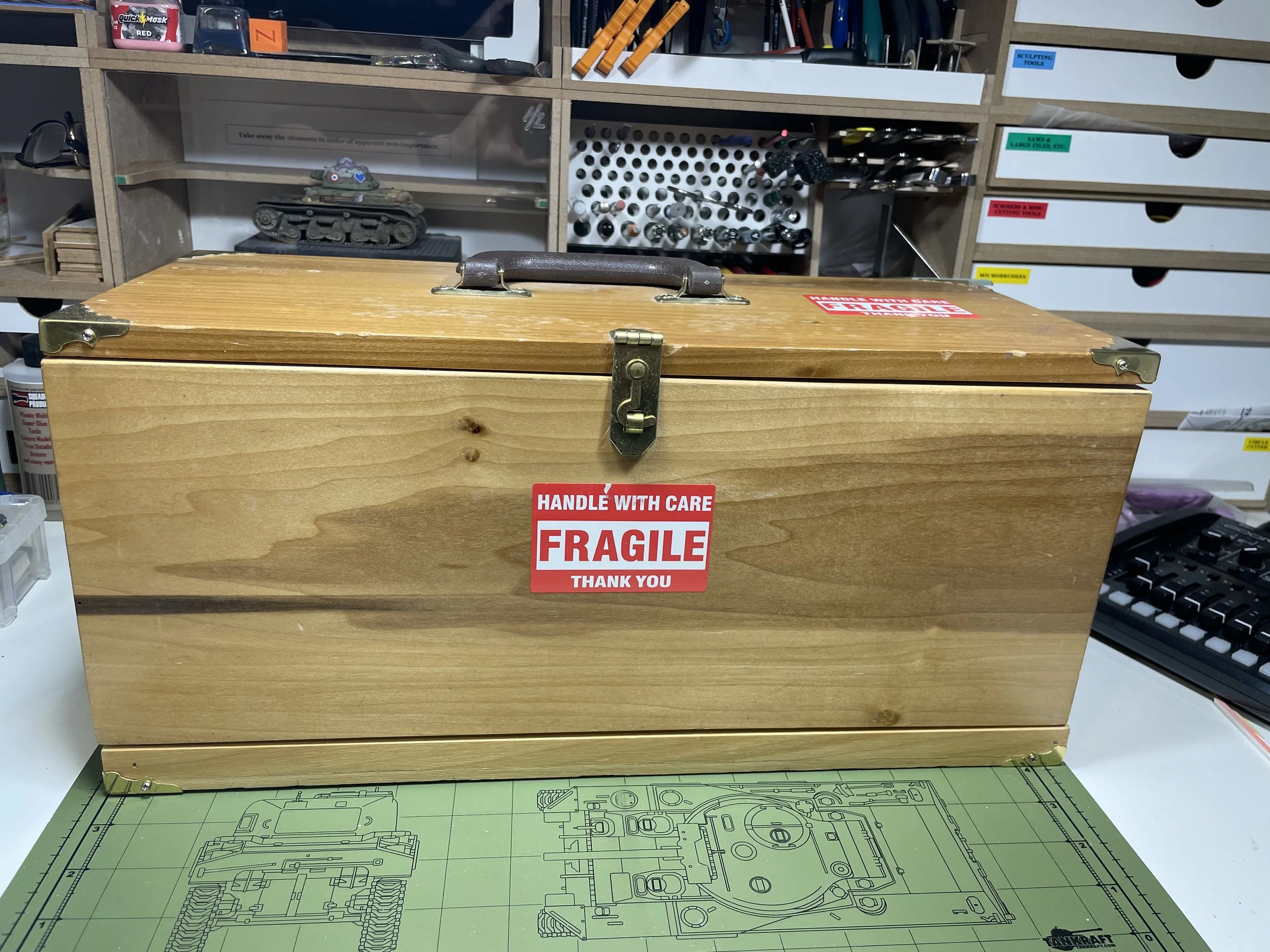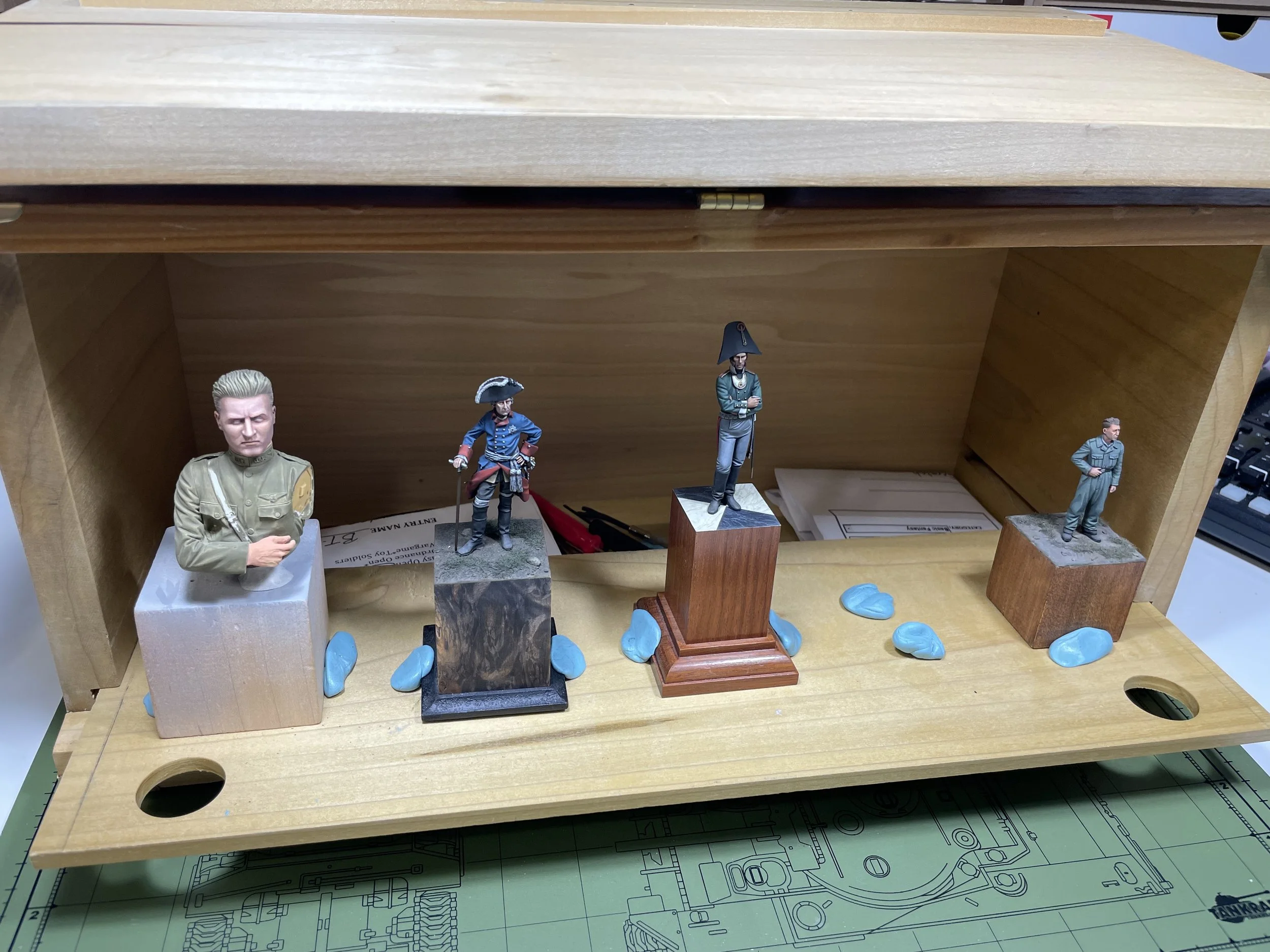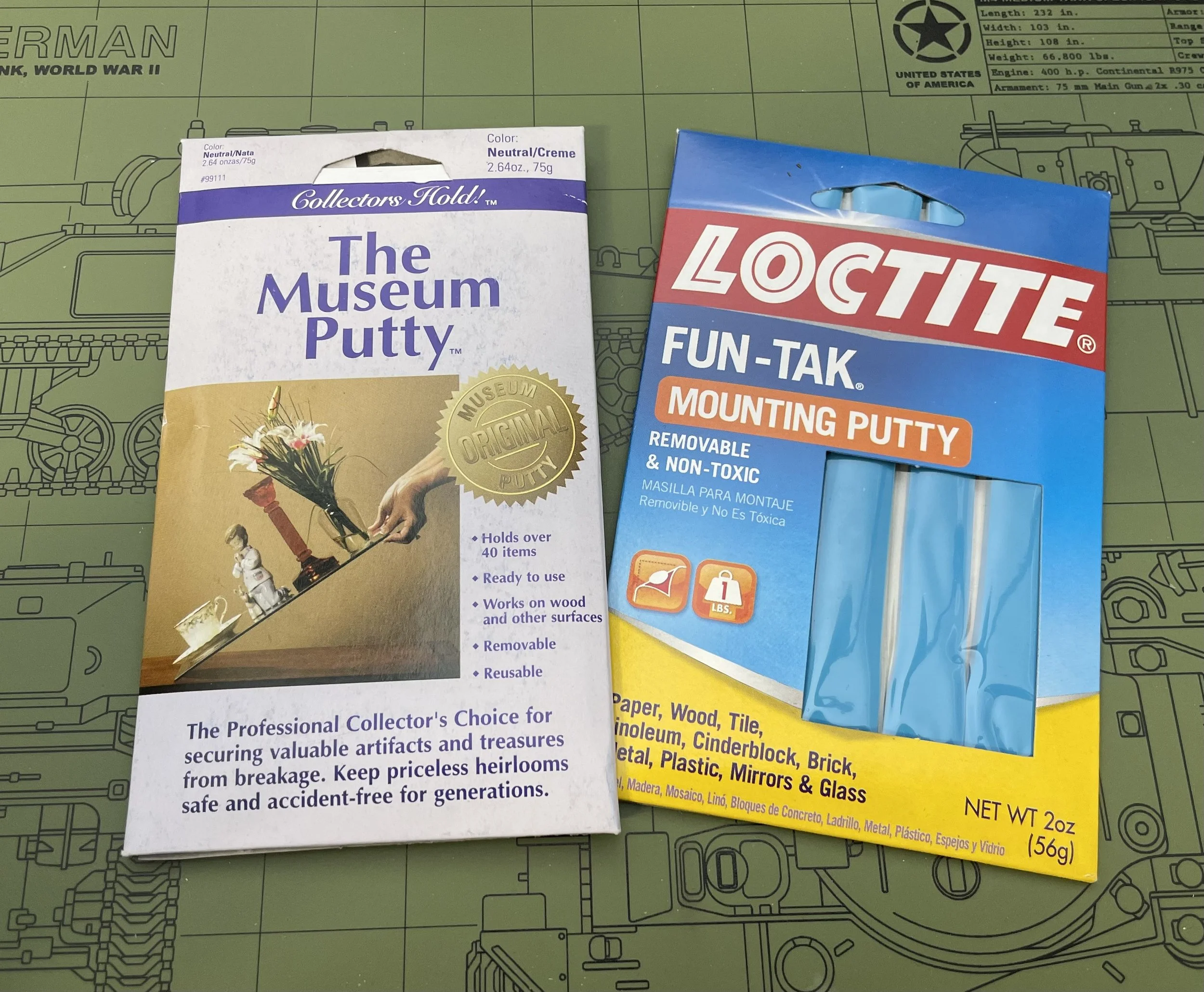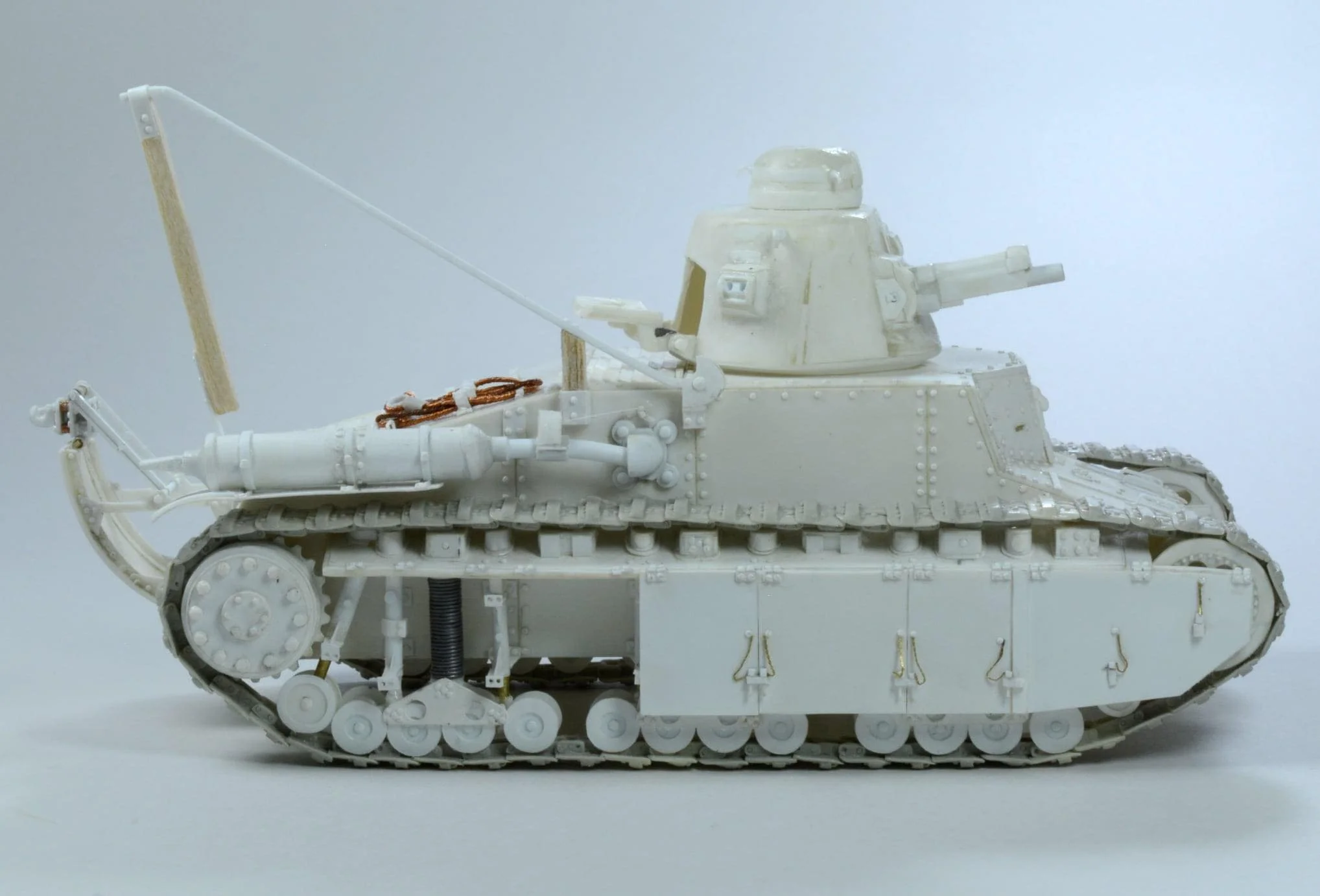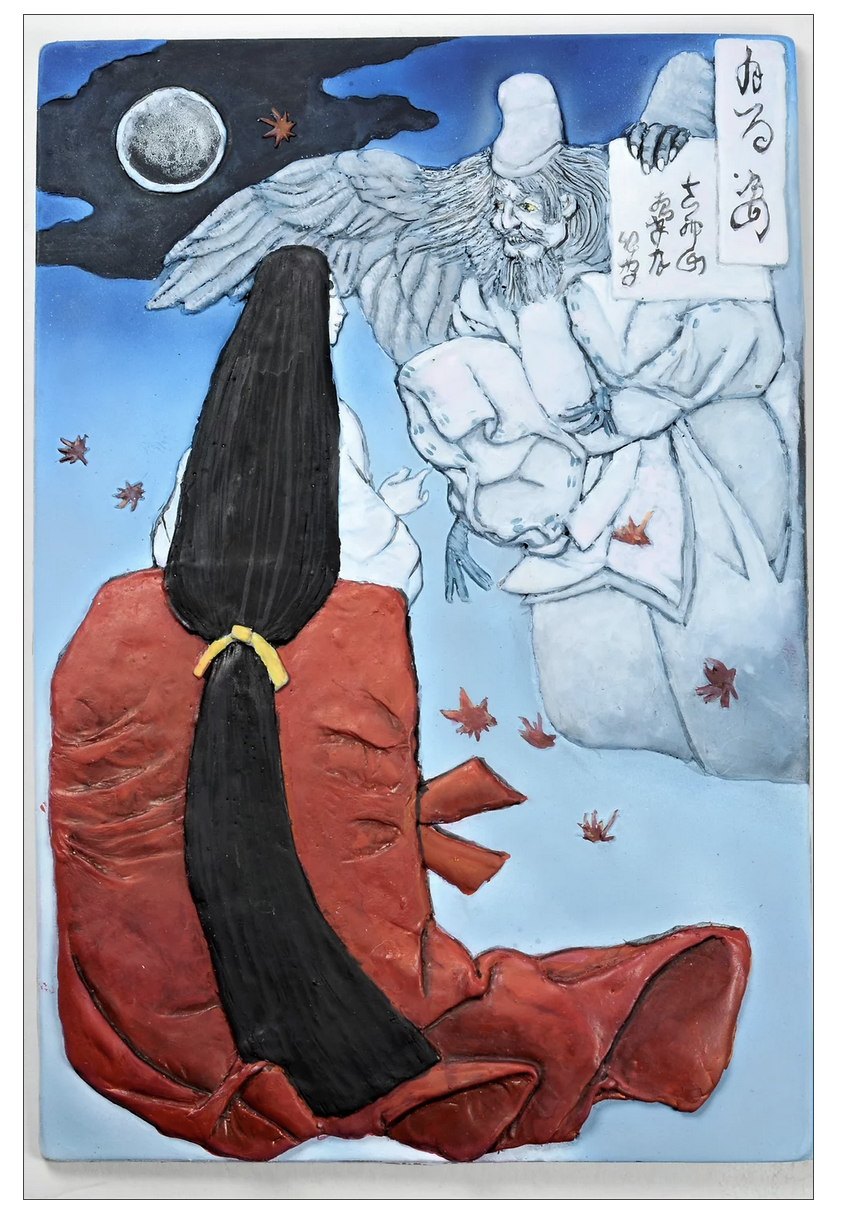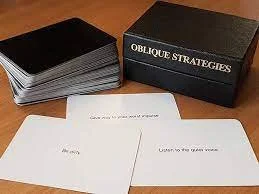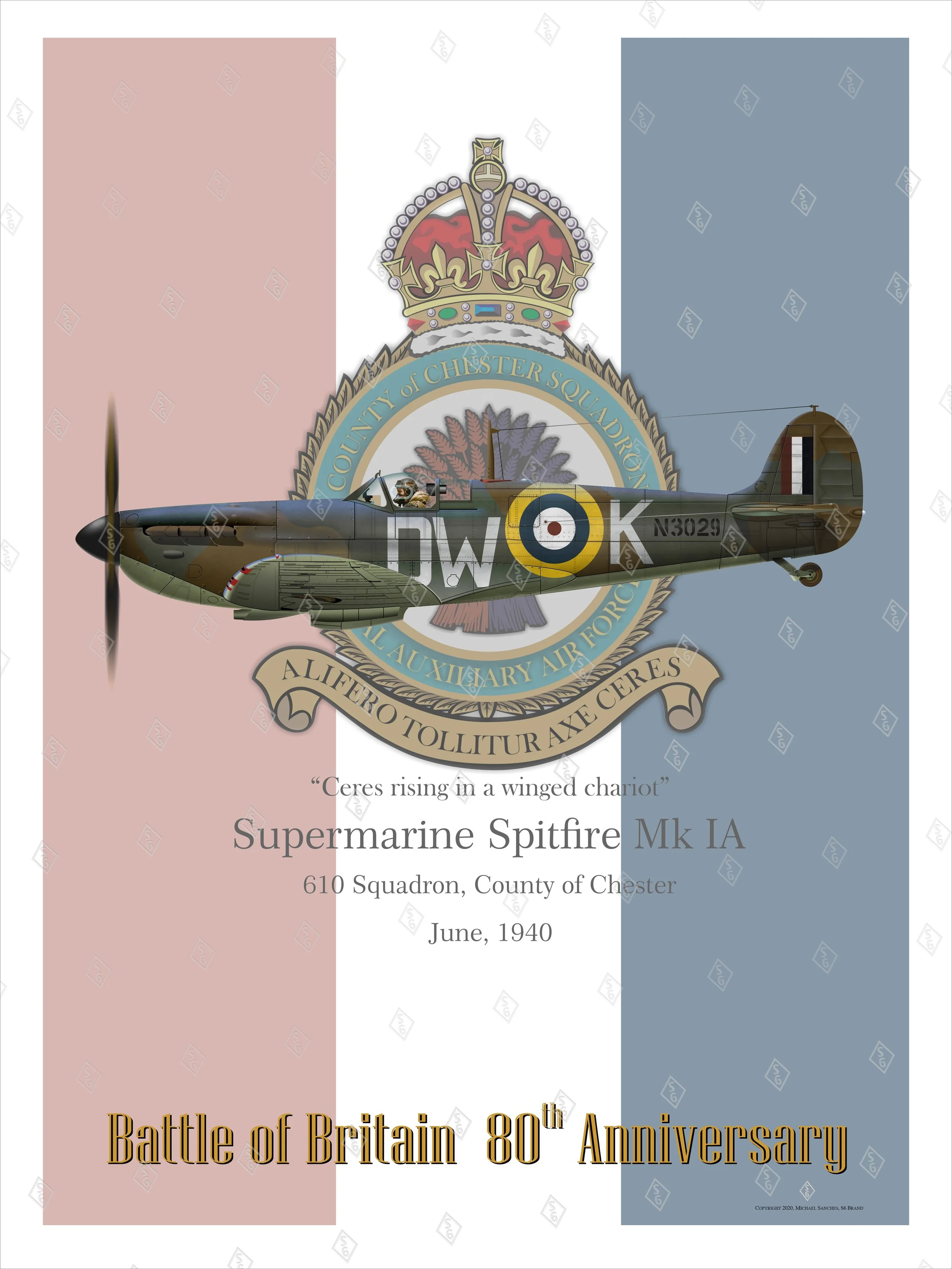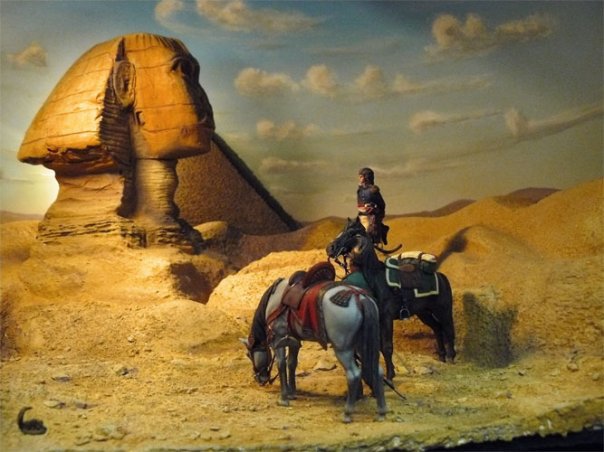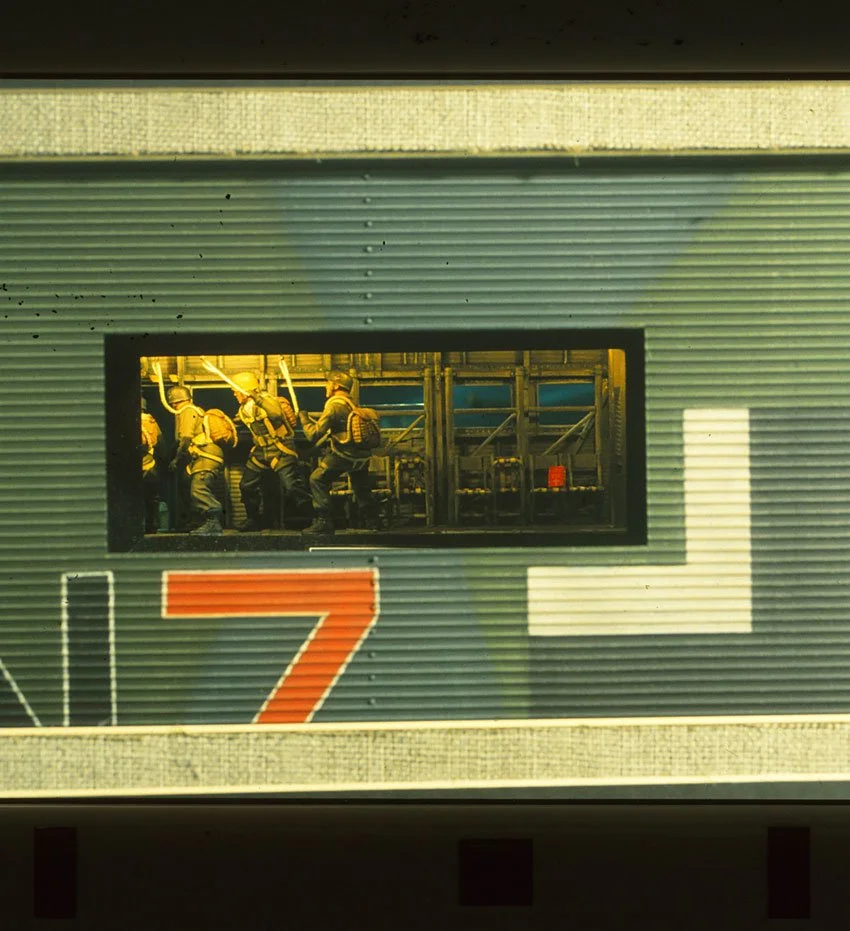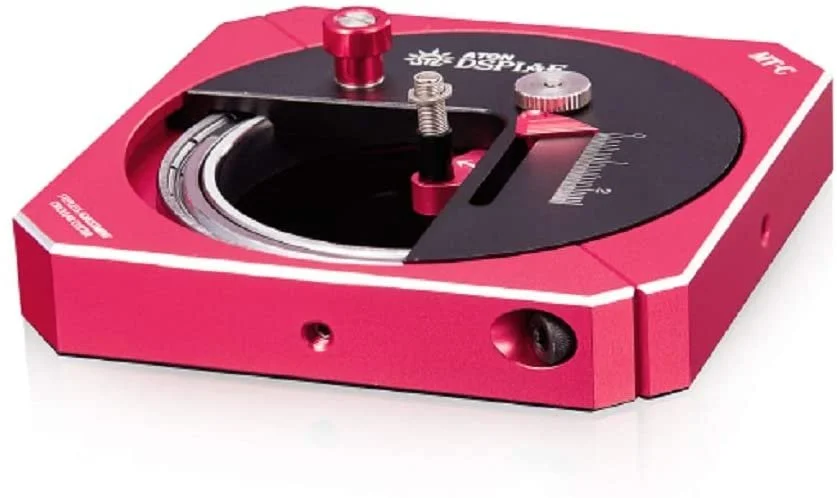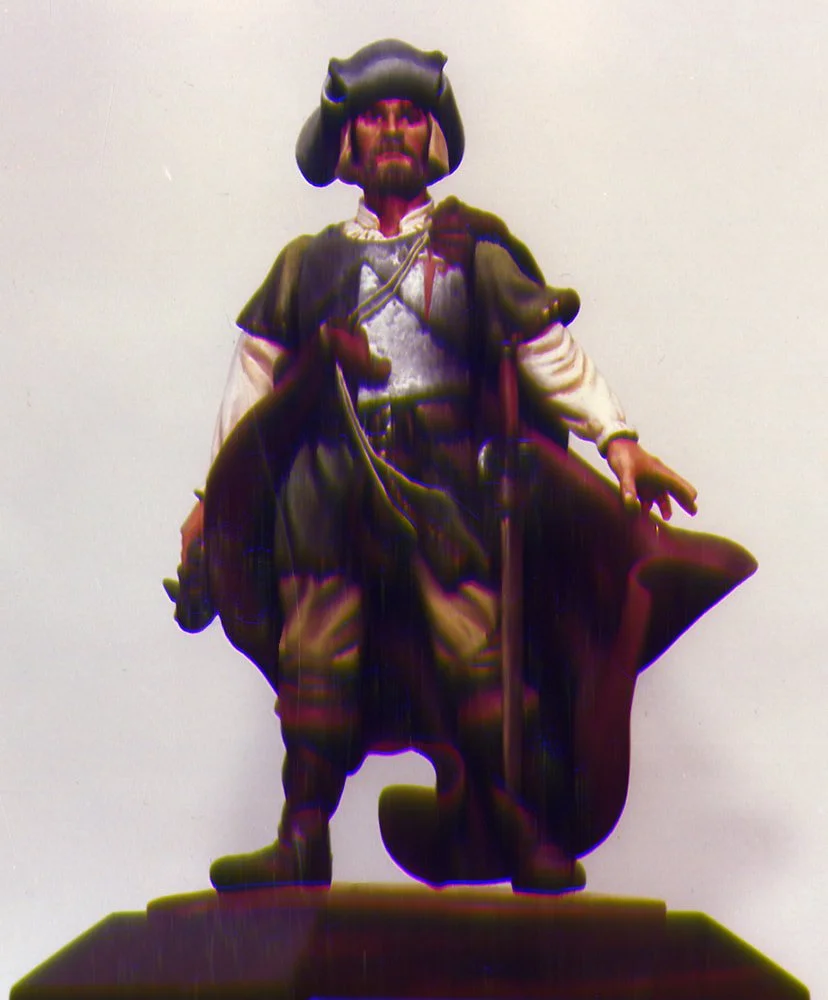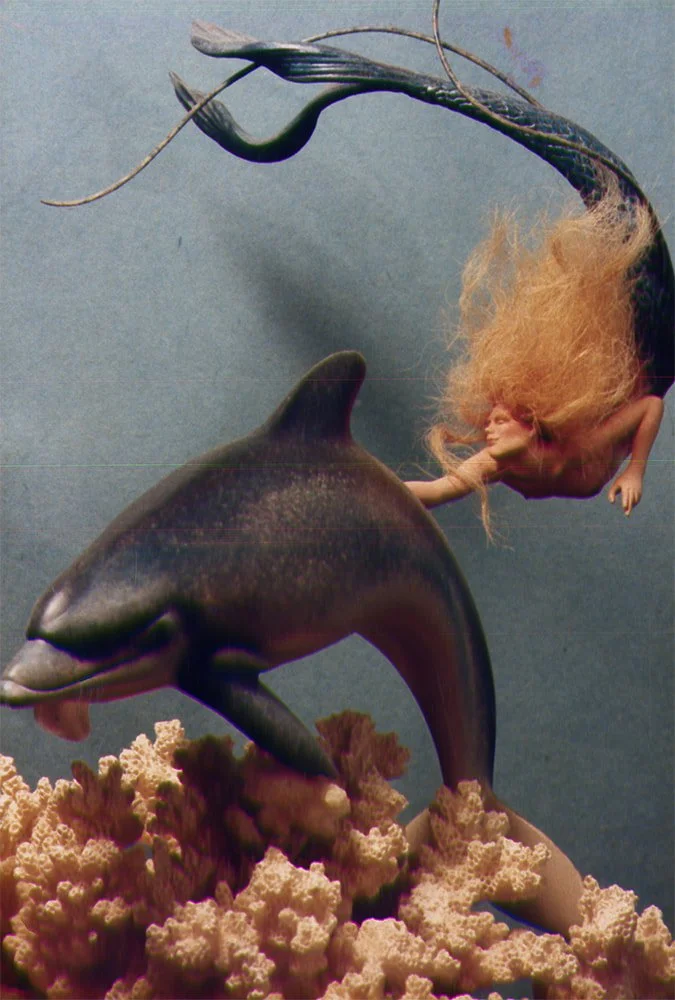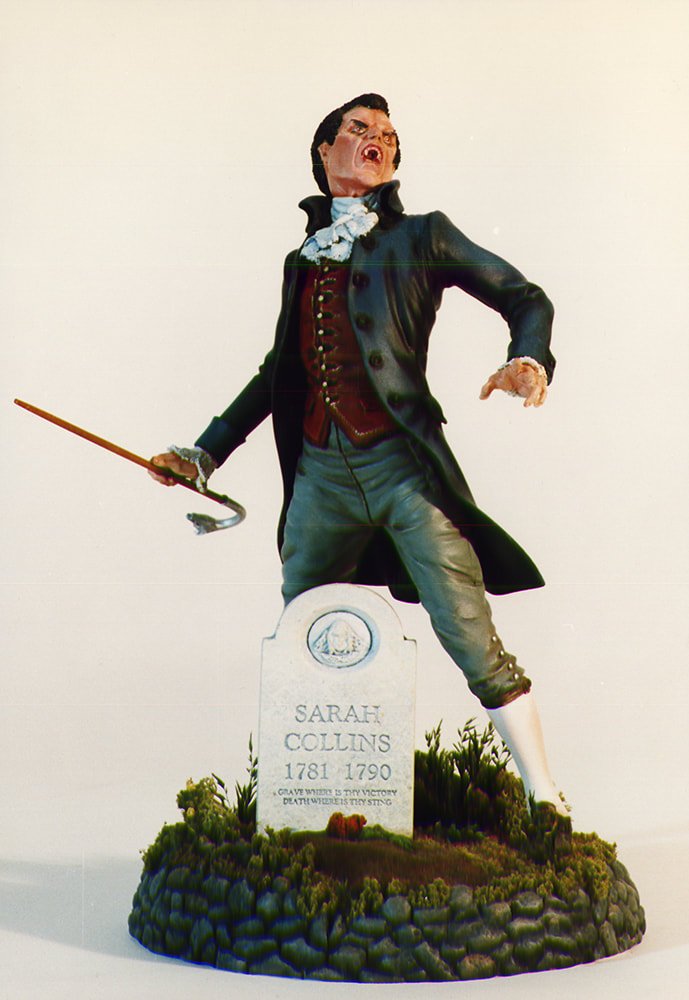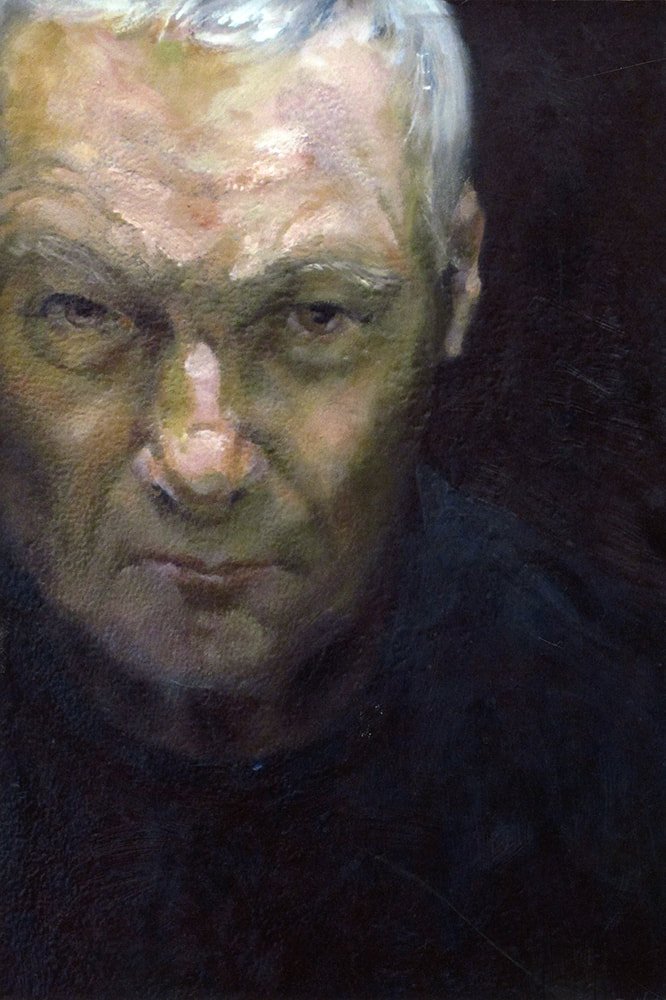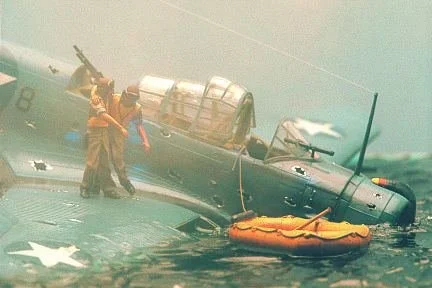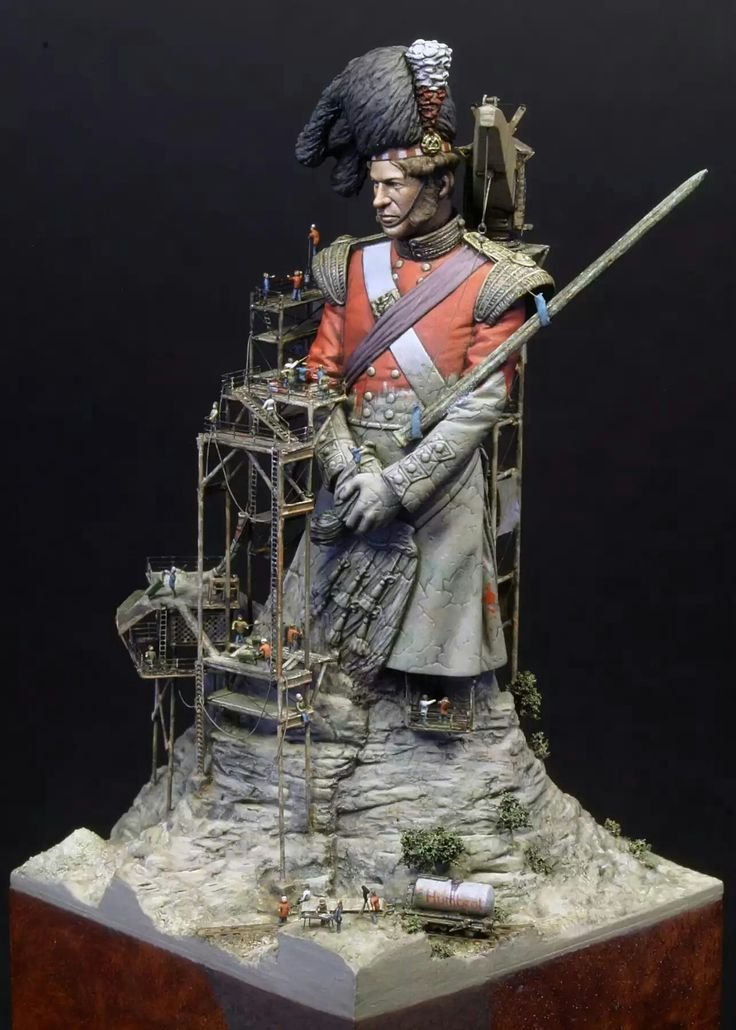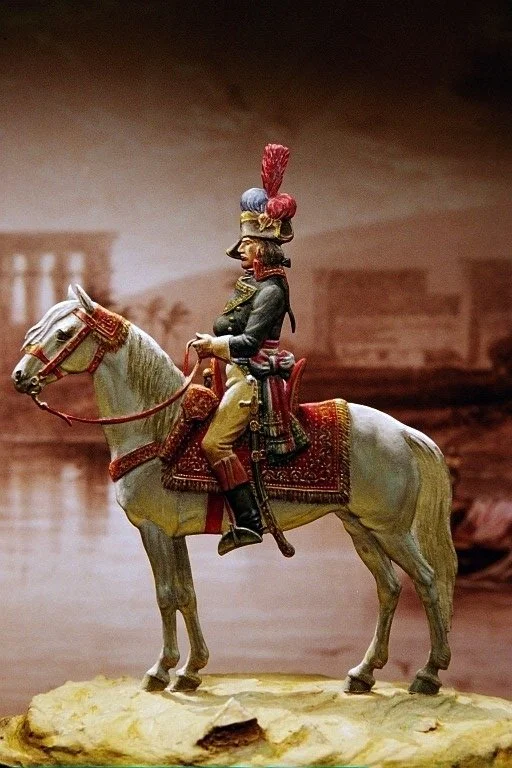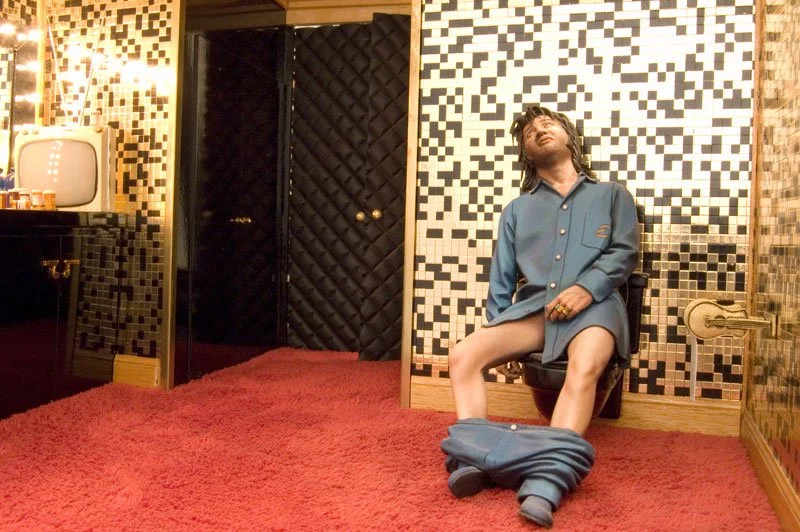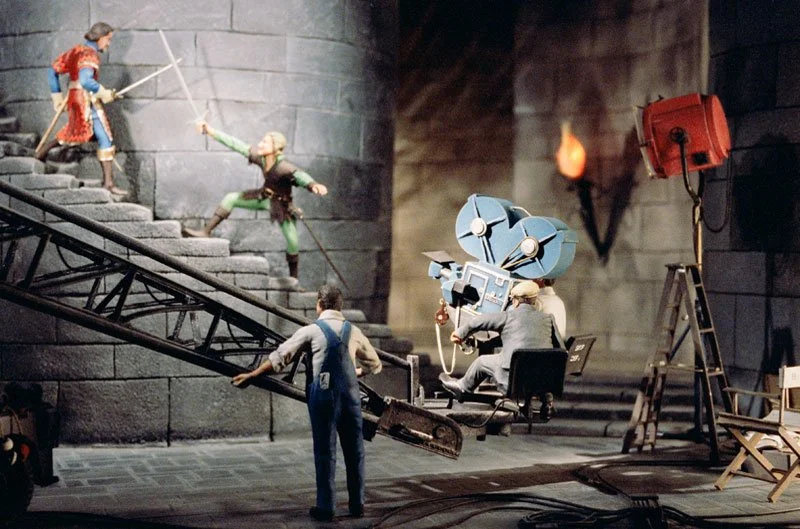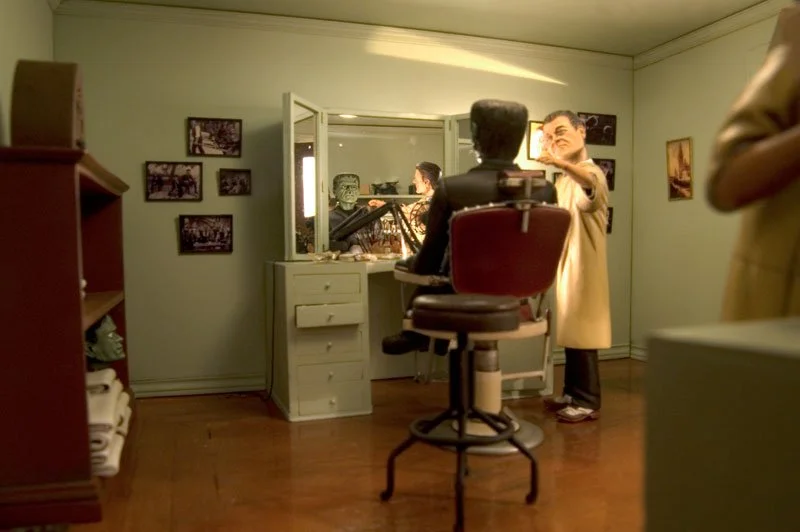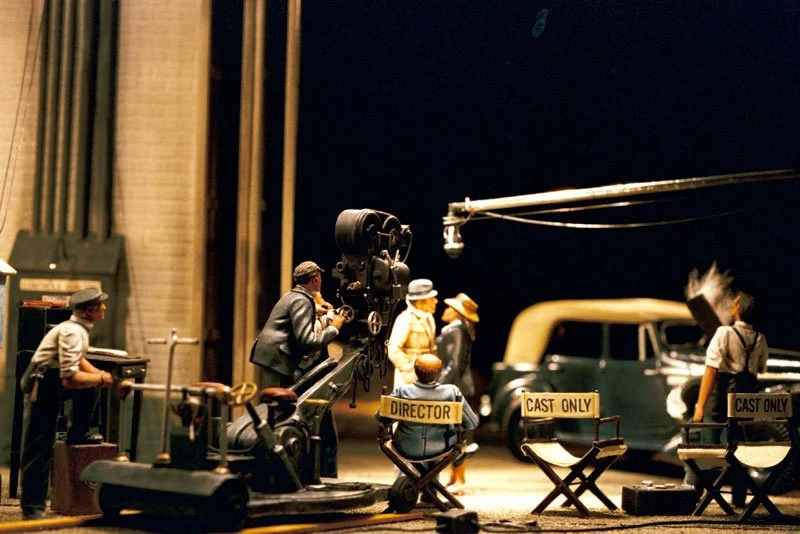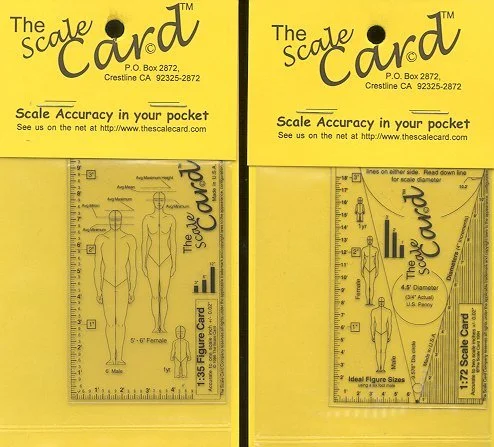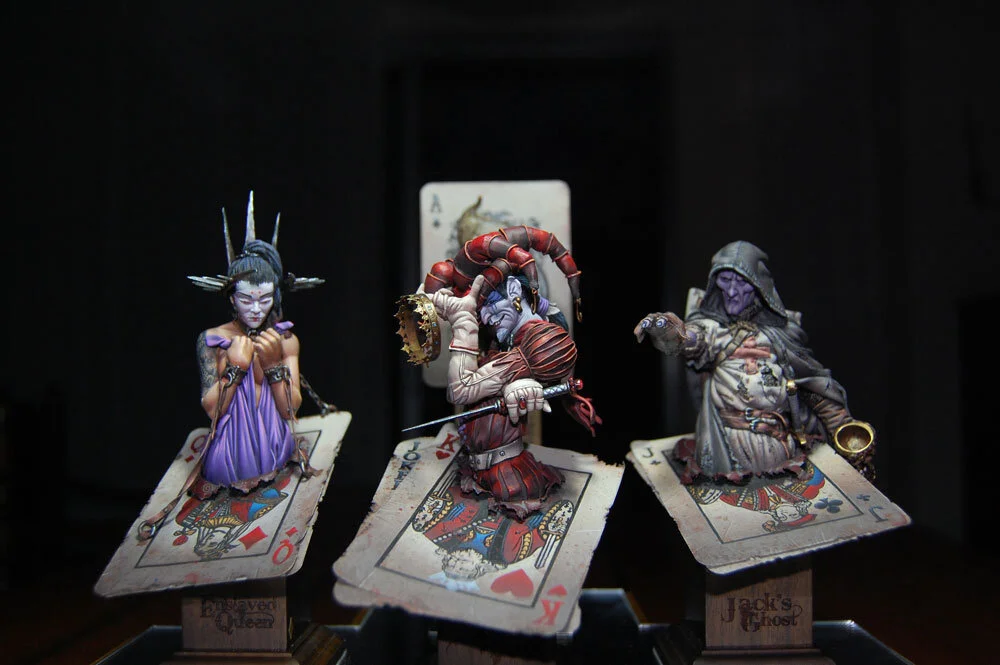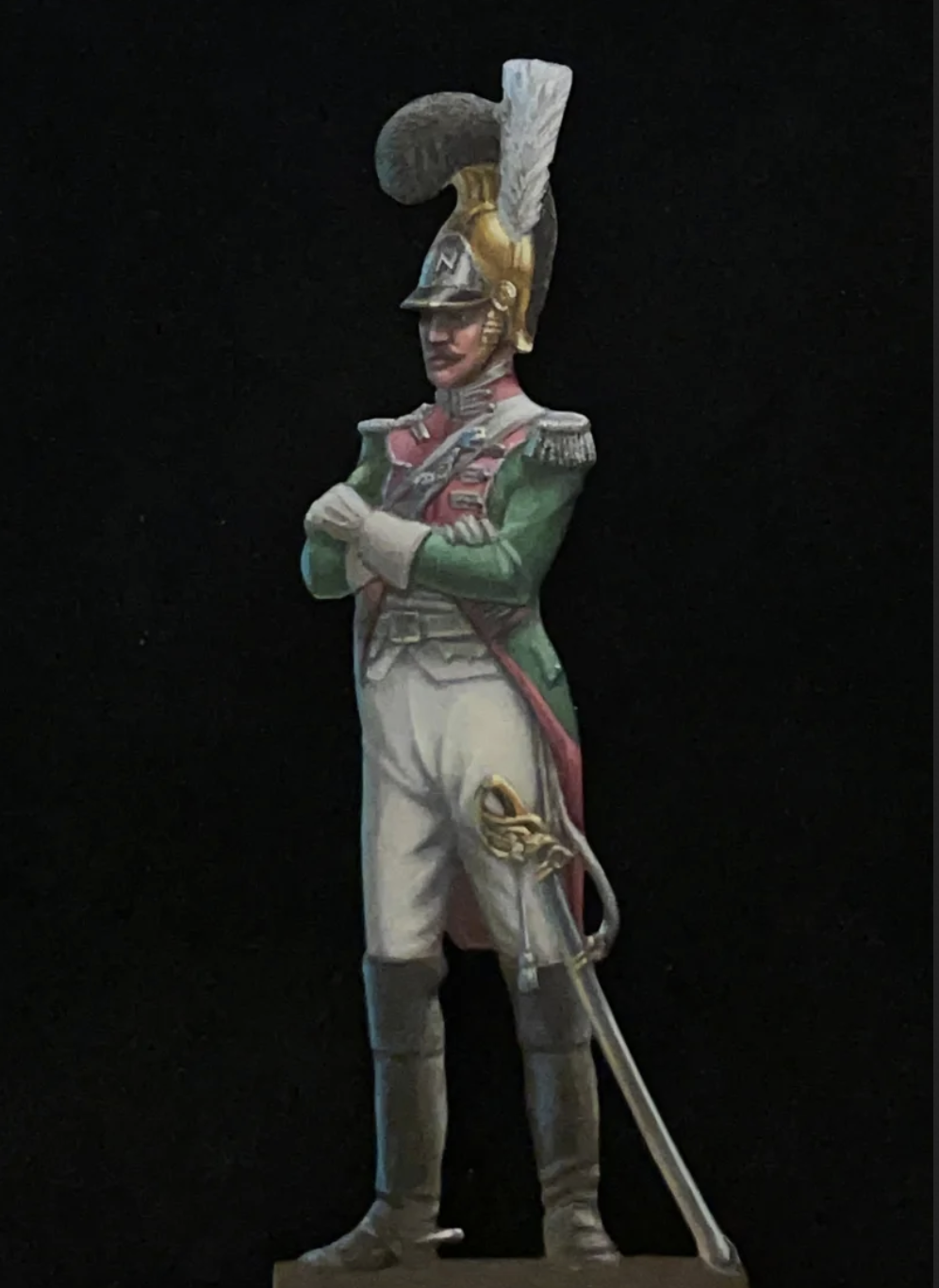Episode 26: Actor, playwright, and modeler Pat McGrath
/Based in Dublin, armor modeler and orc sculptor Pat McGrath is a talented miniaturist, as well as a fine artist, an actor and a playwright; he performed a brilliant one-man show about our hobby, Small Plastic Wars (which we urge you to listen to here), that stands, as far as your hosts Barry and Jim know, as the only theatrical masterpiece exclusively about this odd pursuit of ours. We had a wonderful time talking with Pat, first at the IPMS Nationals in Omaha and then for the podcast, and we include some of his work as well as pictures of him performing his play below. After our chat, we talk about two of the themes in the play: modeling as therapy and (again) the idea of exhibiting vs. competition, and then we chat a bit about other appearances of our hobby in film and television. We throw this out to you, our listeners, since we’re sure we’ve missed many of them: What are YOUR favorites? Call our message line and let us know, and we’ll air your picks/comments on a future episode. Meanwhile, thanks as always for listening.
Above: Some fine examples of Pat’s armor modeling. And below…
A sampling of Pat’s orcs. Then there’s his “fine art,” some of examples of which follow.
Finally, the actor/playwright in action with Small Plastic Wars onstage. Note the photo of his (and our) “dad” at right in the bottom shot.
Finally, here are some notable scenes of miniatures and modeling from films and television that we mention at the end of this episode; top to bottom: The 40-Year-Old Virgin; Three Days of the Condor; Ronin; House of Cards, and Babylon Berlin . We’d love to hear from YOU about more, so leave us a message on our hotline and we’ll air it!

